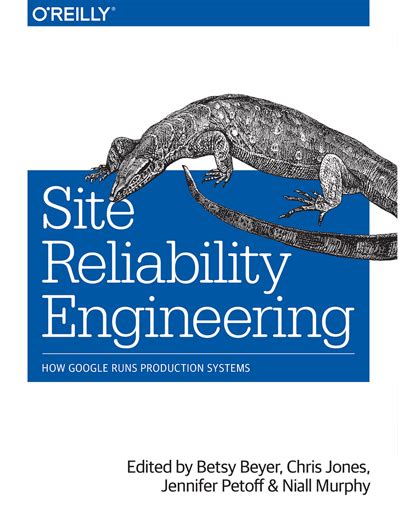In the realm of **Site Reliability Engineering (SRE)**, Google’s SRE Handbook has long been revered as a cornerstone of good practices and guiding principles. Released in 2017, this tome offers invaluable insights into managing large-scale, complex systems with a focus on reliability and simplicity. Despite its widespread acceptance and educational value, the SRE Handbook often faces criticism primarily stemming from discrepancies between its recommendations and Google’s actual operational mishaps. This dynamic—where theory meets practice—sparks an ongoing debate within the tech community about the real-world applicability of these principles, versus the idealized scenarios they often present.
Many developers and engineers, both within and outside Google, have found the SRE Handbook to be a goldmine of sage advice. For instance, early critics and skeptics have pointed out that the content is littered with ‘nuggets’ of knowledge that apply universally, be it for a startup, a mid-sized company, or a corporate behemoth. These nuggets encompass key ideas like **simplicity, monitoring, and failover strategies**—all vital components in maintaining a high uptime and reliable service. Yet, despite the content’s merits, critics argue that there is a pervasive culture within tech circles to imitate Google’s practices without considering the contextual differences, leading to misapplications of these ‘best practices’ in smaller, less resource-rich environments.
One of the most poignant criticisms relates to Google’s own operational shortcomings, which somewhat tarnish the loftiness of the advice proffered in the SRE Handbook. Instances like the accidental deletion of customer data have not only caused monumental business disruptions but have also fueled skepticism about whether Google’s publicized practices are followed to the letter internally. Indeed, the 2024 case where Google Cloud Platform accidentally wiped out a $135 billion pension account, only to rely on the customer’s off-site backups for recovery, is cited frequently as a glaring example of a lapse. Critics, quite justifiably, question the trustworthiness of a manual from an organization that can so dramatically falter in practice.
However, dismissing the entirety of Google’s SRE principles based solely on these high-profile mishaps can oversimplify a nuanced conversation. In fact, examining these principles through the lens of smaller teams can reveal their intrinsic value. Engineers like those mentioned in the discussion prioritize **simplicity and reliability** in ways that are manageable within their specific constraints. For instance, the concept of treating servers as ‘cattle, not pets’ is one where emotional detachment aids in better decision-making—an idea initially introduced in DevOps circles and championed further in SRE paradigms. The real strength of this principle lies in fostering a mindset where redundancy and replication are priorities, thereby reducing single points of failure and the overall brittleness of systems.
Furthermore, the debates encapsulated in user comments often touch upon a fundamental challenge in modern software engineering: balancing innovation and maintaining simplicity amidst burgeoning complexity. Interestingly, one user points out the pitfalls of developers forming emotional attachments to their code, leading to resistance against code deletion and refactoring. This emotional attachment becomes yet another layer of complexity that systematic principles like those in the SRE Handbook aim to mitigate. Essentially, the handbook’s advice to conduct regular audits and clean-ups aligns well with the software engineering adage of avoiding ‘Technical Debt’—a scenario where unchecked complexity balloons over time, posing substantial future risks.
In summation, Google’s SRE Handbook remains a seminal piece of literature whose core lessons about simplicity, monitoring, and ongoing maintenance are immensely relevant. Yet, its practical applicability can vary dramatically across different organizational contexts. The handbook’s value is in its principles, which when rightly contextualized and wisely implemented, can enhance reliability and efficiency—regardless of Google’s perceived inconsistencies. For smaller teams and individual developers, taking these principles as guidelines rather than gospel can help in creating robust systems without succumbing to the pitfalls of over-engineering that sometimes plague giants like Google. Therefore, the key takeaway is to extract actionable insights while remaining critical and adaptive to one’s unique operational ecosystem.


Leave a Reply